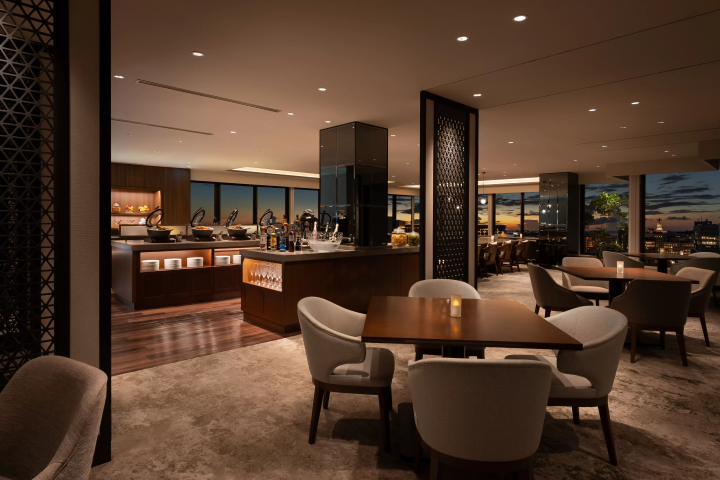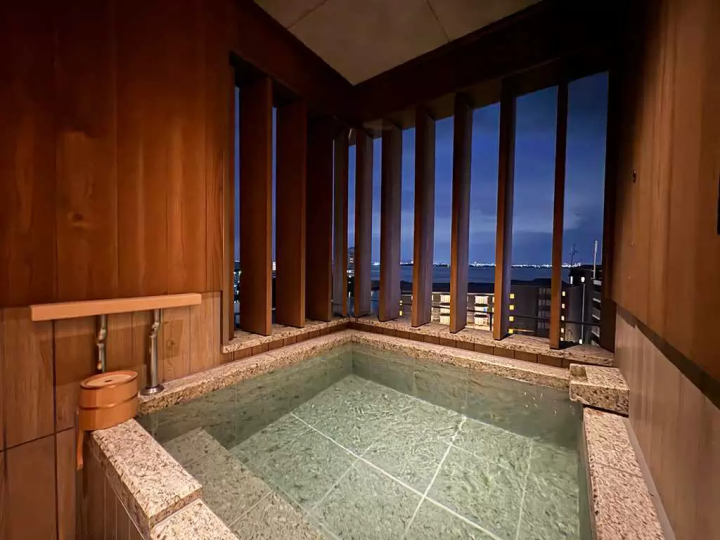Museums and Historical Sites Along Saitama and Gunma’s Silk Road

Tomioka Silk Mill has been designated a World Heritage site in 2014 due to its significance for Japan's silk industry. We introduce museums and historic sites located near this facility, which can be visited on a road trip from Tokyo.
Sightseeing Spots near the Silk Heritage Sites in Gunma and Saitama
The Tomioka Silk Mill gained World Heritage status in 2014. Four municipalities in Gunma and three cities in Saitama, including the home of the Tomioka Silk Mill, are collectively known as the Jobu Silk Road. This area is home to numerous remaining heritage sites that once supported the raw silk industry of Japan.
There are many places where you can experience nature, culture, and history along Japan's Silk Road. Would you like to enjoy historical sites and museums alongside the silk industry heritages? Every spot is an easy drive from the Greater Tokyo area, making them perfect for a weekend road trip.
Gunma Museum of Natural History in Tomioka

Picture courtesy of Tomioka City
The Gunma Museum of Natural History in Tomioka is a fun facility with exhibitions on the history of life on earth and nature in Gunma Prefecture.

Picture courtesy of Tomioka City
As soon as you enter the museum, you will be brought back in time and history to the creation of the earth through images, videos, and model replicas. Enter the next exhibit called “The Age of the Earth” to find rows of full-scale dinosaur replicas and skeletal specimens. With such a magnificent scale, you are sure to get a sense of the mysteries of earth and life.
In “The Nature and Environment of Gunma” exhibition area, you can enjoy dioramas and images of nature and plant-life in Gunma, like the Oze Marshland. There are many more exhibits to learn an extensive amount of information from on our planet’s natural history, from the history of humans on earth to the evolution of plants and animals.
Stop By! The Tomioka Silk Mill and SEKAITO

Picture courtesy of Tomioka City
Tomioka is home to the Tomioka Silk Mill, which gained world heritage status in 2014. The silk mill was established by the government in 1872 and much of the building has stayed the same as it was during that time. Visitors can walk and tour this very building along with its equipment. It’s about a ten-minute drive from the Gunma Museum of Natural History.
Walk around ten minutes from the Tomioka Silk Mill and directly across from Tomioka City Hall is SEKAITO – Silk Powered Innovation Incubator.
SEKAITO provides explanations through exhibits and videos on the value and qualities of a world heritage property together with the history of Japan’s silk industry. We highly recommend visiting the center together with the Tomioka Silk Mill.
Nanakoshiyama Kofun and Tsuchitohinosato Park in Fujioka

Picture courtesy of Fujioka City
Nanakoshiyama Kofun in Fujioka is a keyhole-shaped tumulus that was constructed during the early sixth century. At a size of nearly 150 meters in length, it is the largest ancient tomb in Eastern Japan.
Cherry and pine trees cover the expanse of the tumulus, bringing many families that visit the site for flower viewing and picnics.

Picture courtesy of Fujioka City
At Tsuchitohinosato Park, a 20 minute drive from Nanakoshiyama Kofun, you can participate in craft workshops in the midst of vast nature. The row of studios and their stucco walls in the valley almost makes it look like a mini village.

Picture courtesy of Fujioka City
You can try your hand at handmaking workshops in three different studios under the guidance of experts: indigo and vegetable dyeing in the Dyeing Studio, making rice bowls and tea cups with a potter’s wheel in the Ceramic Studio, or glassblowing in the Glass Studio.
Stop By! Takayamasha Sericulture School

Picture courtesy of Fujioka City
The Takayamasha Sericulture School—one of the related properties that constitute the World Heritage site—is a spot you’ll want to stop by in Fujioka. It’s a 20-minute drive from Tsuchitohinosato Park.
The school was once the site of sericulture research, a task vital to procuring silk threads. Visitors can tour the buildings, dating from the Edo to early Meiji Period, including the silkworm-raising room (a special room for sericulture) and Nagayamon Gate.
Honjo-Waseda no Mori Museum in Honjo

Picture courtesy of Honjo City
The Honjo-Waseda no Mori Museum was jointly opened by Honjo City in Saitama Prefecture and Waseda University. It is located in Waseda University’s Honjo campus.

Picture courtesy of Honjo city
At the museum, visitors can view archaeological relics dating from the Paleolithic era to Muromachi Period (1336 – 1573).
The Honjo Exhibition Room displays archaeological relics that represent each time period, starting with haniwa clay figures that were excavated from tombs in the city. The Waseda University Exhibition Room features special exhibitions of valuable materials owned by the university. You can really get a sense of the romance and wonder of history from these various exhibits.
Special exhibits and magatama-making (an ancient accessory) workshops are held irregularly at the museum.
Stop By! Kyoshinsha Mohan Sanshitsu

Picture courtesy of Honjo City
Kyoshinsha Mohan Sanshitsu—a silk heritage in Honjo—was once a training facility for sericulture technology. It’s a 15-minute drive from Honjo-Waseda no Mori Museum.
The wooden building, constructed in 1894, is distinct for being a suitable structure for silk cultivation. The building can be visited at no cost.
Eiichi Shibusawa Memorial Museum and Taiga Drama Museum in Fukaya
The memorial museum is dedicated to Eiichi Shibusawa, a prominent figure from Fukaya, Saitama who received acclaim for his active work as an industrialist during the Meiji Period (1868-1912). He established over 500 companies during his lifetime and became known as the “father of Japan’s modern economy.”

Picture courtesy of Fukaya City
Several documents and materials connected to Shibusawa, including his calligraphy, photographs, and more, are on display at the Eiichi Shibusawa Memorial Museum. Another highlight of the museum is the Eiichi Shibusawa android, a robotic replica of Eiichi Shibusawa in his likeness.
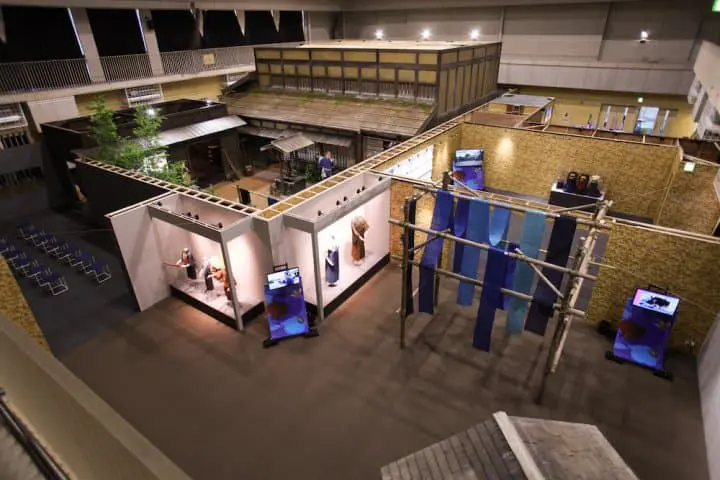
Picture courtesy of Fukaya City
About a 10-minute drive from the Eiichi Shibusawa Memorial Museum is the Fukaya Taiga Drama Museum. This museum has a collection of items related to “Seiten wo Tsuke” (“Reach Beyond the Blue Sky”, airing as of February 2021), an NHK Taiga drama with Eiichi Shibusawa as its main protagonist.
The museum exhibits the actual props and costumes used during filming, videos taken behind the scenes, story and cast introduction panels, and more. You can thoroughly experience the world of the drama first-hand here. There are also product shops in the building that feature the local specialties of Fukaya.
Stop By! Former Shibusawa Residence and Odaka Junchu’s Birthplace

Picture courtesy of Fukaya city
Let’s also stop by The Former Shibusawa Residence Nakanchi and Odaka Junchu’s Birthplace in Fukaya. They are both silk industry heritages.
Nakanchi was the former residence of the Shibusawa family. Currently, visitors are able to view the yard and outside of the residence. It’s a five minute drive from Eiichi Shibusawa Memorial Museum.

Picture courtesy of Fukaya City
Junchu Odaka was Eiichi Shibusawa’s cousin as well as his teacher. During the Meiji Period, he served as the first manager of the Tomioka Silk Mill.
Odaka’s Birthplace is a five-minute drive from the Former Shibusawa Residence. The home, constructed in the late Edo period, can be toured on an advance reservation basis.
Katakura Silk Commemorative Museum in Kumagaya

Picture courtesy of Katakura Industries Co., Ltd.
The Katakura Silk Commemorative Museum in Kumagaya is where you can learn about the history of silk reeling and the process of manufacturing threads. The building itself is Katakura Industries Co., Ltd.’s cocoon warehouse, which operated in the silk-reeling industry from the Meiji to early Heisei Period (1989-2019).
The museum exhibits valuable milling machines that were once used at the plant. They also exhibit materials that detail the silk-making process from the silkworms to procuring raw threads and making products from those threads, a mini theater, a model of the plant’s worksite, and sericulture tools.
You can deepen your understanding of the modern silk industry in a fun way here at the museum.
Go on a Wonderous Historical Journey Near Tokyo
In this article, we introduced places that are worth visiting in Gunma and Saitama. There are several facilities in these two prefectures where you can experience various histories, nature, and cultures dating from the Paleolithic era to today through valuable silk industry heritages and cultural properties.
How about going on a driving tour in the area and setting off on a journey to experience the romance and wonders of history?
Check out the articles below for details on shrines, temples, and other silk industry heritages near Japan's Silk Road!
Read also
Written by moet
Sponsored by JOBU KINUNOMICHI
Main image courtesy of Tomioka city
MATCHA's promotional account for corporate and local government advertising. We aim to provide useful information to our readers in an enjoyable manner.




























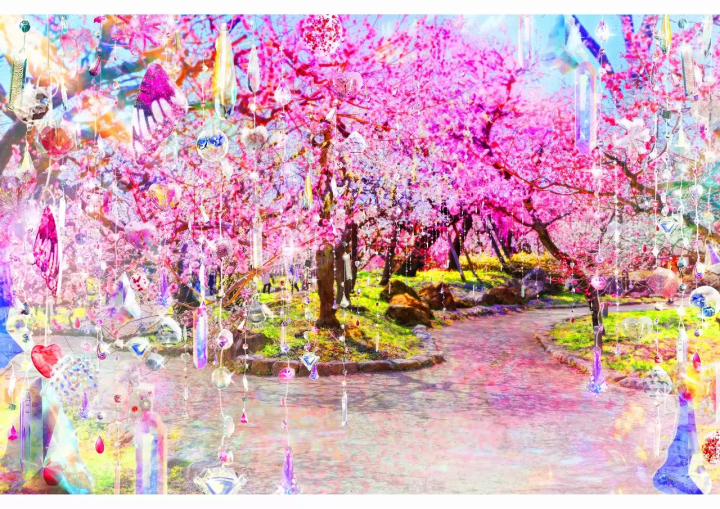
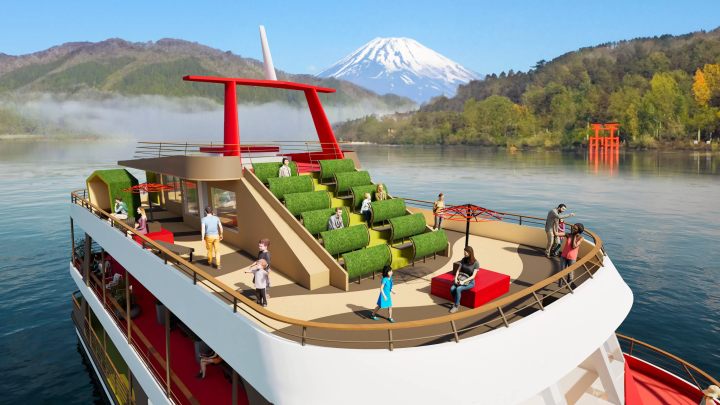

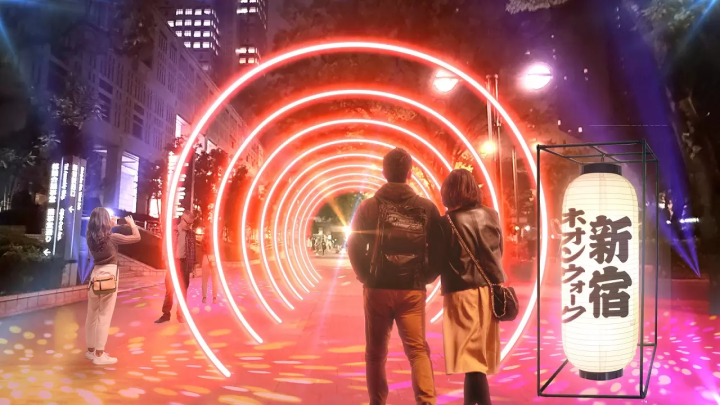





![[2026] Top 5 Strawberry Picking Spots in Tokushima, Naruto| Farms and Access Guide for January to May](https://resources.matcha-jp.com/resize/720x2000/2025/03/06-227165.webp)
![[Yamanashi/ Hokuto City] 4 Hot New Spots Opening in 2026](https://resources.matcha-jp.com/resize/720x2000/2025/12/12-252747.webp)

